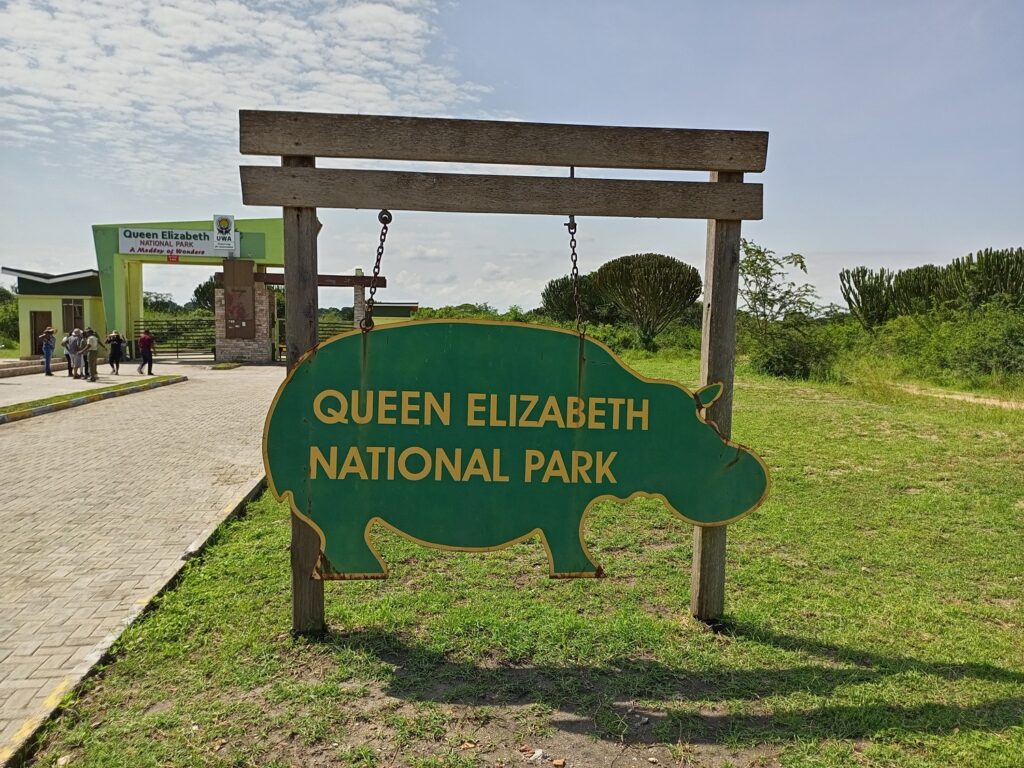
Queen Elizabeth is the second oldest park in Uganda. Its size is 1978 square km, making it the second-largest in Uganda.
This park was established in the year 1952 as Kazinga National Park. This name lasted only two years, then it was renamed to its current name to commemorate the visit of the queen of England.
From the traditional tales, the land currently occupied by the park was a hunting ground for the local tribes. These tribes include the Batagwenda and Banyaruguru in the Bunyaruguru highlands and Bakonzo on the Rwenzori Mountains side.
At the creation of the park, this land was never settled due to the infestation of tsetse flies that were in the area. As a result, the people who used to live there had moved to other neighboring landscapes leaving the park to remain as an exclusive wildlife habitat. This land use has lasted until this current day. When it was turned into a National Park, hunting from here was reduced but the tribes kept hunting the stray animals that would go to the human residential areas since these areas were equally forested and sparsely settled.
In the year 1979 hunting wild animals by soldiers were permitted in Uganda National Parks during the rule of President Iddi Amin. This permission was also practiced in Queen Elizabeth, an act that accounts for a considerable loss of Uganda’s wild animals during that time.
However, due to the successive conservation strategies, the Uganda wildlife population has greatly recovered in recent decades, making the country one of the leading wildlife havens in east Africa. Specifically, this has qualified Queen Elizabeth to be the most preferred destination for wildlife activities in Uganda, that no one should miss.
WhatsApp us